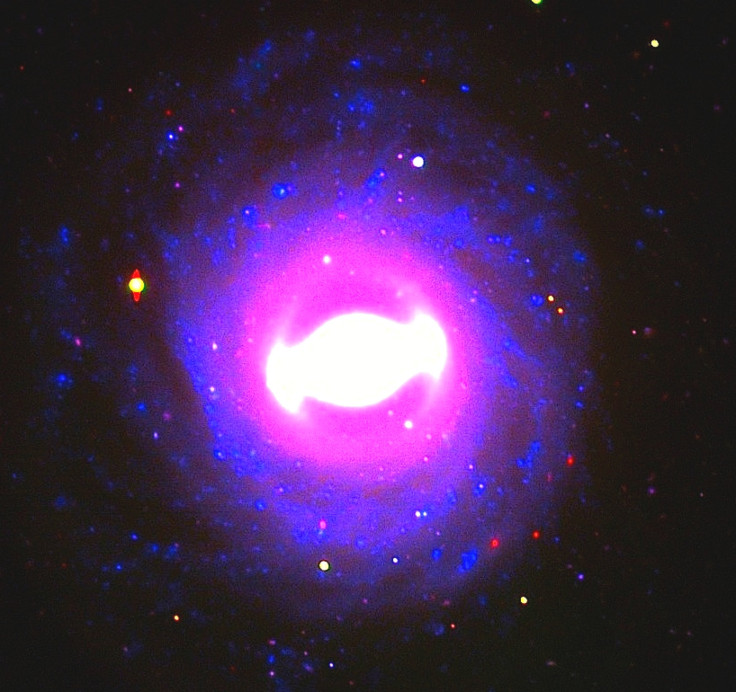Supernova SN 2009ig’s Light Echo Creates Dazzling Image [PHOTO]
Dust and debris combine to reflect light off a supernova, creating a dazzling image of a rare space phenomenon. The extremely bright supernova, SN 2009ig, gives astronomers a rare look at the behavior of exploding stars.
The supernova SN 2009ig is classified as a type Ia supernova, which produces a rather consistent brightness peak that astronomers have used to observe different space phenomena. In the new photo from astronomers from the University of Notre Dame, dust and debris surrounding the supernova is reflecting light, causing the "light echo."

A light echo, as the astronomers note, is similar to a sound echo heard on Earth. In the case of a light echo, the direct light will reach Earth first and, based on light reflecting off of debris, the redirected light will reach Earth sometime later. The SN 2009ig supernova's light reached us in 2009 and was found 127 million light-years from Earth, in the constellation Cetus, according to the news release. The supernova was the brightest of the year and was the object of much observation and research by astronomers.
The team of astronomers began observing the supernova in 2010, when its brightness had diminished by a factor of 10,000 since its peak in 2009. The photo was taken in 2011 and lead investigator Peter Garnavich, professor of physics at Notre Dame, said the supernova was not expected to create a light echo and the team was researching “how radioactive elements generated in the explosion decay with time, but we were surprised to see the fading abruptly halt.”
The supernova occurred in a binary star system, involving a white dwarf and its companion star. A supernova is different from a nova as the white dwarf accumulates more mass than its core can support, as with SN 2009ig, or two white dwarfs combing, causing instability and destruction. Stars that go nova survive while a supernova means the death of a star.
Type Ia supernovae are important for research and led to the discovery of the accelerated rate of expansion of the universe. The news release also points out the observation of type Ia supernovae provided further evidence of the hypothetical dark matter that exists at the center of the universe. The light echo from a type Ia supernova is a rare phenomenon, with only five being previously discovered.
The light echo report was presented at the 222nd meeting of the American Astronomical Society by Garnavich, Peter Milne, from the University of Arizona, Mark Leising, from Clemson University, and Ginger Bryngelson, from Francis Marion University.
© Copyright IBTimes 2025. All rights reserved.






















